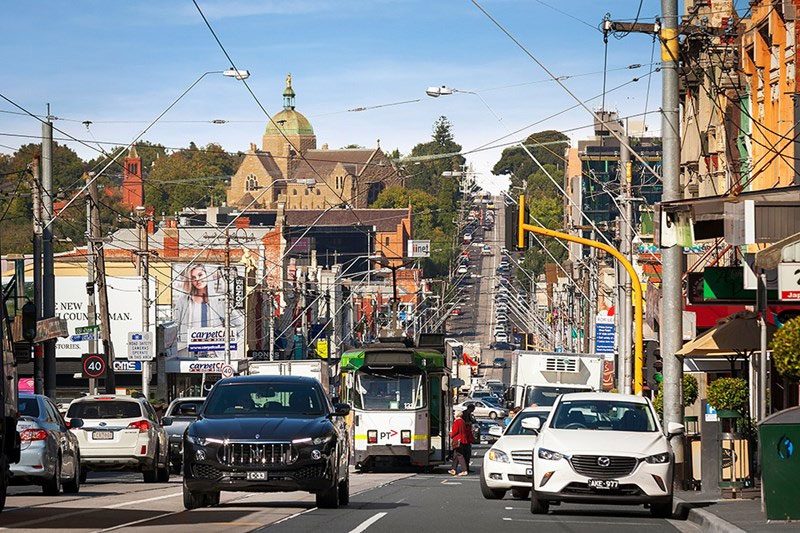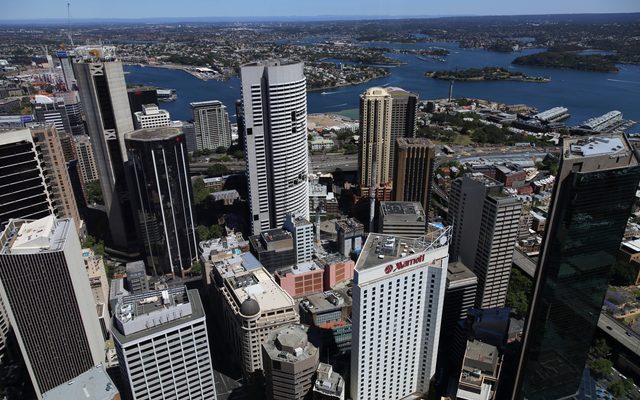This article is from the Australian Property Journal archive
MELBOURNE’S suburban retail strip vacancies are shrinking after two consecutive years of declines, though very few strips are sitting below their two-decade average.
According to the latest analysis from Plan1 Project Management and Consultancy, the overall vacancy rate of Melbourne’s prime strips was down to 11.3%, from 12.8% 12 months ago.
However, currently only two individual strips are sitting below their respective 20-year average, with High Street, Armadale, which fell from 10.3% to 3.6% and Church Street, Brighton, which reported the lowest vacancy rate of any strip at 0.6%.
“Chapel Street continued its recovery recording its lowest vacancy in almost 10 years falling from 13.9% in the pandemic era to 11.3%, although it’s still well above its 20-year vacancy of 5.5%,” said Richard Jenkins, co-founder and director at Plan1.
“Chapel Street’s improvement was largely aided by an influx of clothing tenants moving into vacant shops, attracted by the more favourable leasing terms on offer as landlords had reconsidered asking rental levels.”
In contrast, Glenferrie Road, Malvern and Acland Street, St Kilda were both at all-time highs, at 14.8% and 27.5% respectively, with the latter replacing Bridge Road as the highest vacancy rate of any strip with the past two decades.
“Churn rates (movement within strips/tenants coming in) remain above average with Plan1’s analysis revealing that the churn rate of 2023 was 15%, compared to the long-term average of 7.4%,” added Jenkins.
“The most significant churn at more than 18% was recorded in Burke Road, Chapel Street and Acland Street.”
Jenkins noted that the pandemic has led to main retailers re-evaluating their real estate strategies, leading to much of this movement.
“In response to the changing work and commuting patterns post pandemic, retailers have also reacted, with many reviewing their network and either leaving the strips or relocating for better positions within individual precincts,” said Jenkins.
“Cafes and restaurants continue to lead all other occupiers across all the strips accounting for almost a third of all shops.”
The analysis shows the top four occupier types across the prime strips over the last year are cafes and restaurants, followed by clothing and footwear, hair and beauty and homewares.
“Having monitored the strips for 20 years, the biggest change in the strips has been the growth of services-based occupiers which now account for 21%of all shops and has now overtaken Clothing and Footwear retailers, whereas 15 years ago, clothing accounted for 33% of all shops in the strips,” added Jenkins.
High Street, Armadale sees the greatest portion of fashion, which occupies 37% of its shops, followed by Chapel Street with 26%, with the once fashion dominated Bridge Road predominately occupied by services.
“Of interest, vape shops accounted for 4% of all new tenants entering the strips and now account for 1% of all shops across all the prime strips,” said Jenkins.
“However, looking ahead, with the federal government’s proposed vape ban, landlords could be looking for tenants again with many of these vape businesses unlikely going to sustain their growth in the strips for the long term.”
Online retail is still gaining momentum, having increased penetration by 25% over the last two years, but growth has been easing over the last six months.
In March this year, online sales made up 11% of all retail sales, with Australians spending $44 billion online in the past 12 months, according to the ABS.
“Following the emergence of the pandemic and numerous lockdowns across Melbourne, shopfront vacancies increased across the Melbourne CBD before peaking at 31% in November 2021, up from average 3% vacancy rate prior to the pandemic. At the conclusion of the program in March 2023, the shopfront vacancy rate had decreased to 15% across the municipality,” said Jenkins.
“There are a number of current trends influencing the retail sector and no matter who you are or where you are, acknowledging that this “new normal” is not fleeting requires a plan to reimagine to develop new strategies for precincts and spaces.”




